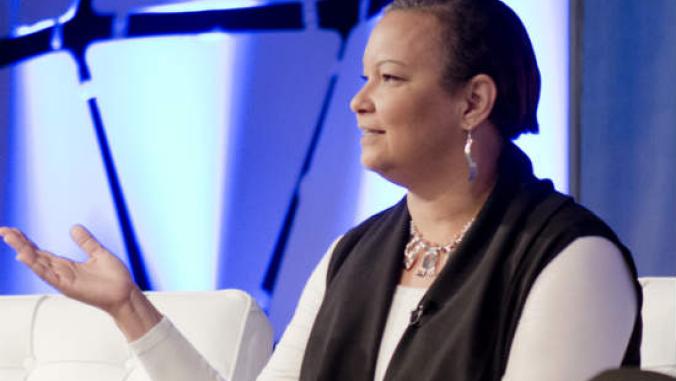The Balancing Act of Finding and Fighting Chemical Risks
<p>Balancing the various effects of chemicals, along with performance needs, poses challenges for companies cleaning up their products. Such is the case with PVC and building cables.</p>

Cables - CC license by LosAnheles (Flickr)
As companies replace chemicals and materials deemed harmful, they need to play a balancing act by using new or different materials that perform as well as their predecessors, but while posing fewer hazards.
Such is the case with PVC and building cables. PVC has been marked for elimination from various products due to its range of toxic effects on humans and the environment, which can occur through chemicals leaching from it during normal product use or toxic releases when it's burned.
But in buildings, one PVC's roles around wiring and cables is a fire retardant. Any replacement of PVC with sustainability in mind, then, needs to not only be less toxic, but also provide the same level of safety.
The challenges of defining the risks posed by chemicals and weighing them against one another was discussed in a GreenBiz.com webcast today, "Benign by Design: Characterizing and Balancing Risk."
While Tom Chapin, vice president of corporate research for Underwriters Laboratories, discussed sustainability and protecting against fires, Michael Dourson, president of Toxicology Excellence for Risk Assessment gave a broader overview of understanding and thinking about chemical risks.
"All chemicals are toxic at some point, and as you look at hazard-based (assessment) schemes, you have to make sure the scheme is not missing this point," he said. "When you do the analysis, you have to think like a clinician...If you do just about anything (to your body), your body responds, and there are a lot of health effects that aren't significant."
Volatile organic compound (VOC) emissions are another concern in buildings, but exposure to VOCs vary based on building and room size, air flow and other factors. That's why the California Department of Public Health (CDPH) takes all those factors into account when testing products for VOC emissions, said Wenhao Chen, a research scientist with the CDPH. By using a standard method for testing for VOCs, the CDPH determines whether or not emissions from products are acceptable or not.
Today's webcast was the second in a three-part series. Read a recap of the first part, on tools for finding safer chemicals, here. The final installment, "Implementing Green Chemistry by the Use of Alternatives Assessments," is March 30.
Cables - CC license by LosAnheles (Flickr)





